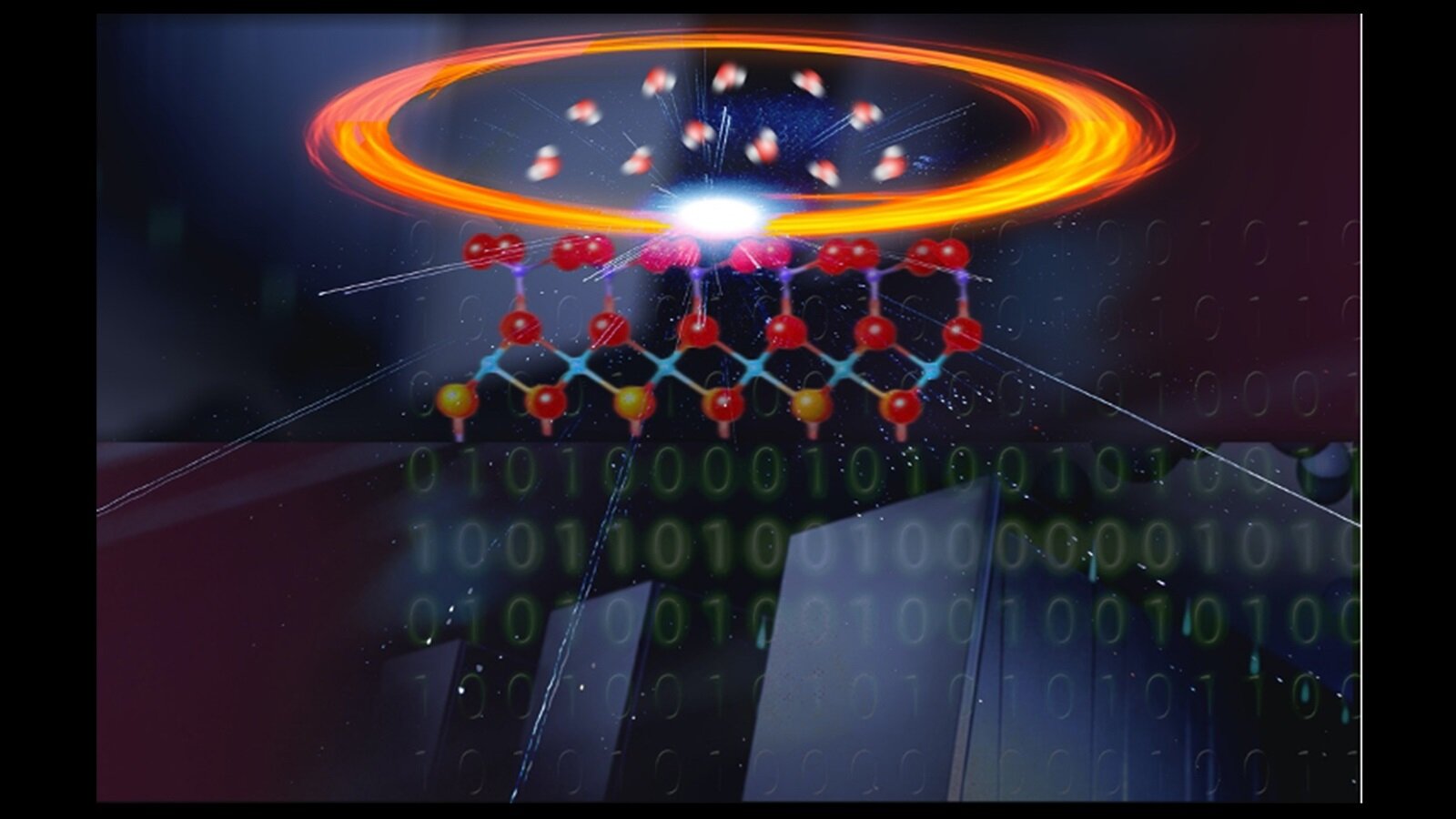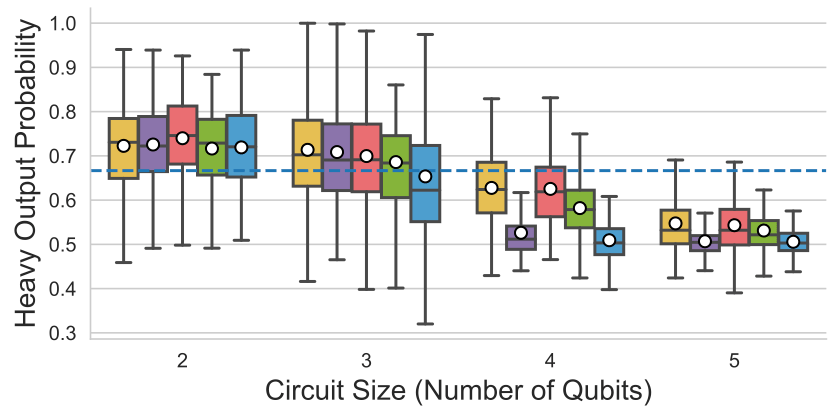A team of scientists at the U.S. Department of Energy’s (DOE) Argonne National Laboratory, the University of Chicago and the University of California, developed a groundbreaking validation protocol for simulations of the atomic structure of the interface between a solid (a metal oxide) and liquid water.
he validation procedure they designed uses high-resolution X-ray reflectivity (XR) measurements as the experimental pillar of the protocol. The team compared XR measurements for an aluminum oxide/water interface, conducted at beamline 33-ID-D at Argonne’s Advanced Photon Source (APS), with results obtained by running high-performance computer simulations at the Argonne Leadership Computing Facility (ALCF). Both the APS and ALCF are DOE Office of Science User Facilities.
The simulations also shed new insight on the XR measurements themselves. In particular, they showed that the data are sensitive not only to the atomic positions, but also to the electron distribution surrounding each atom in subtle and complex ways. These insights will prove beneficial to future experiments on oxide/liquid interfaces.
The paper has been published in Physical Review Materials.
The post Do simulations represent the real world at the atomic scale? appeared first on Swiss Quantum Hub.


